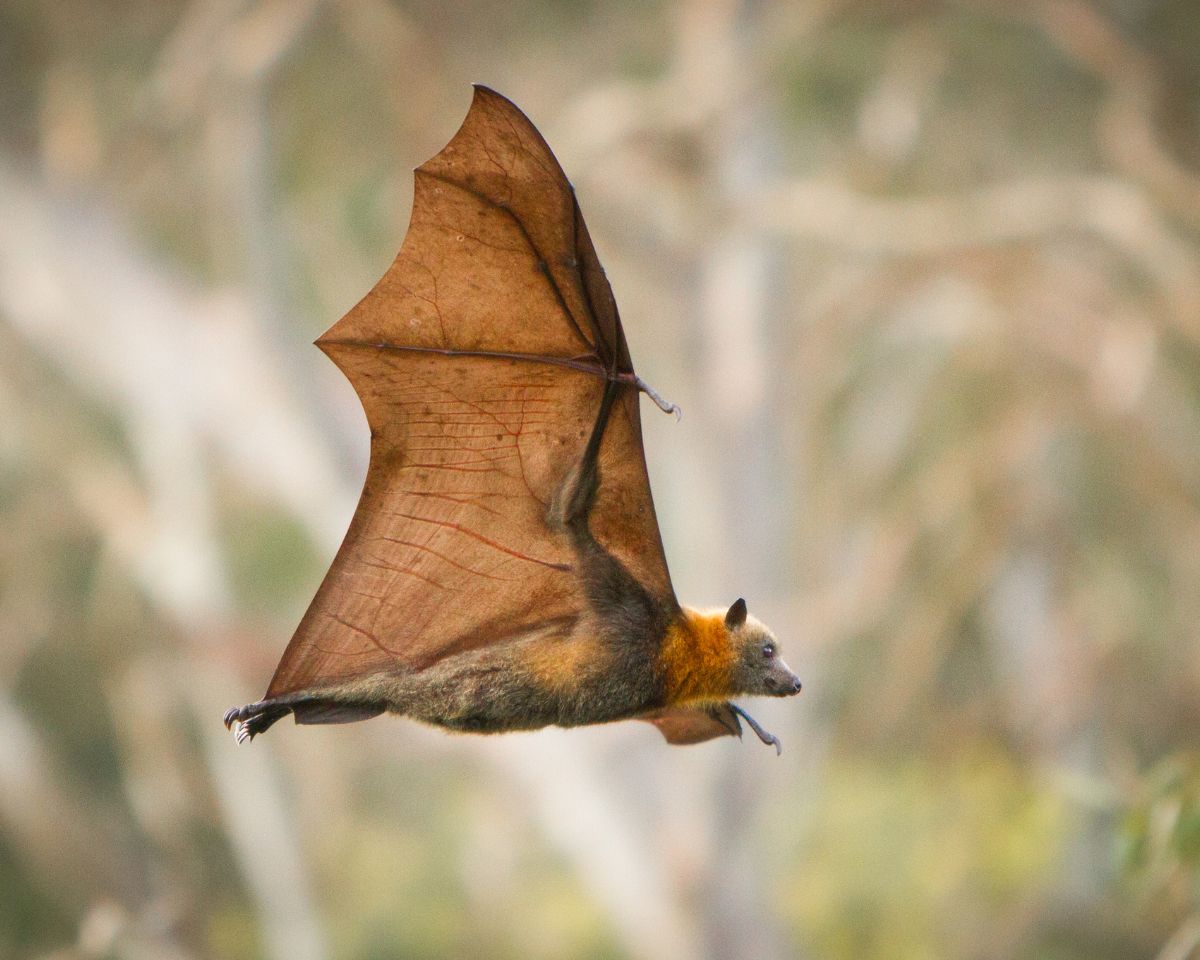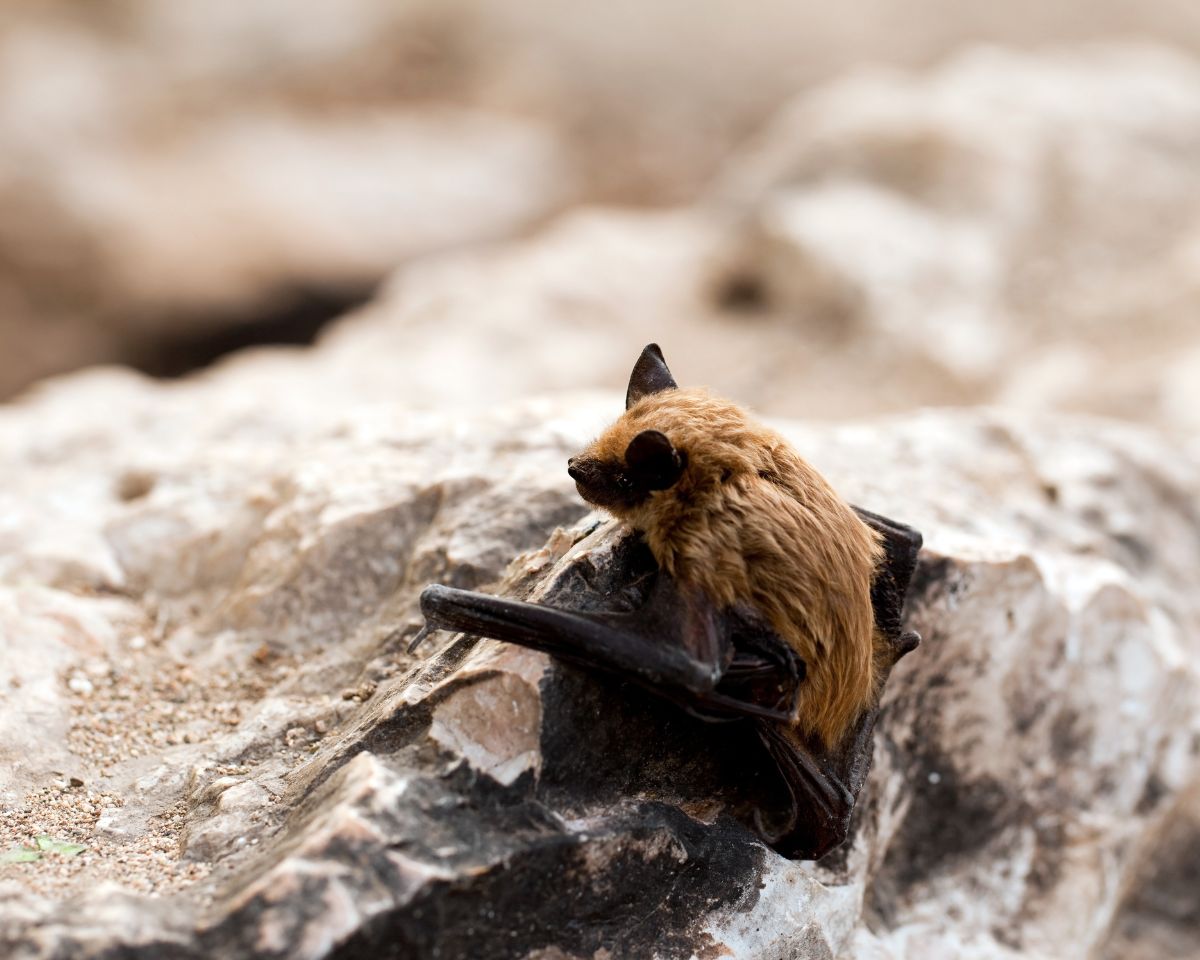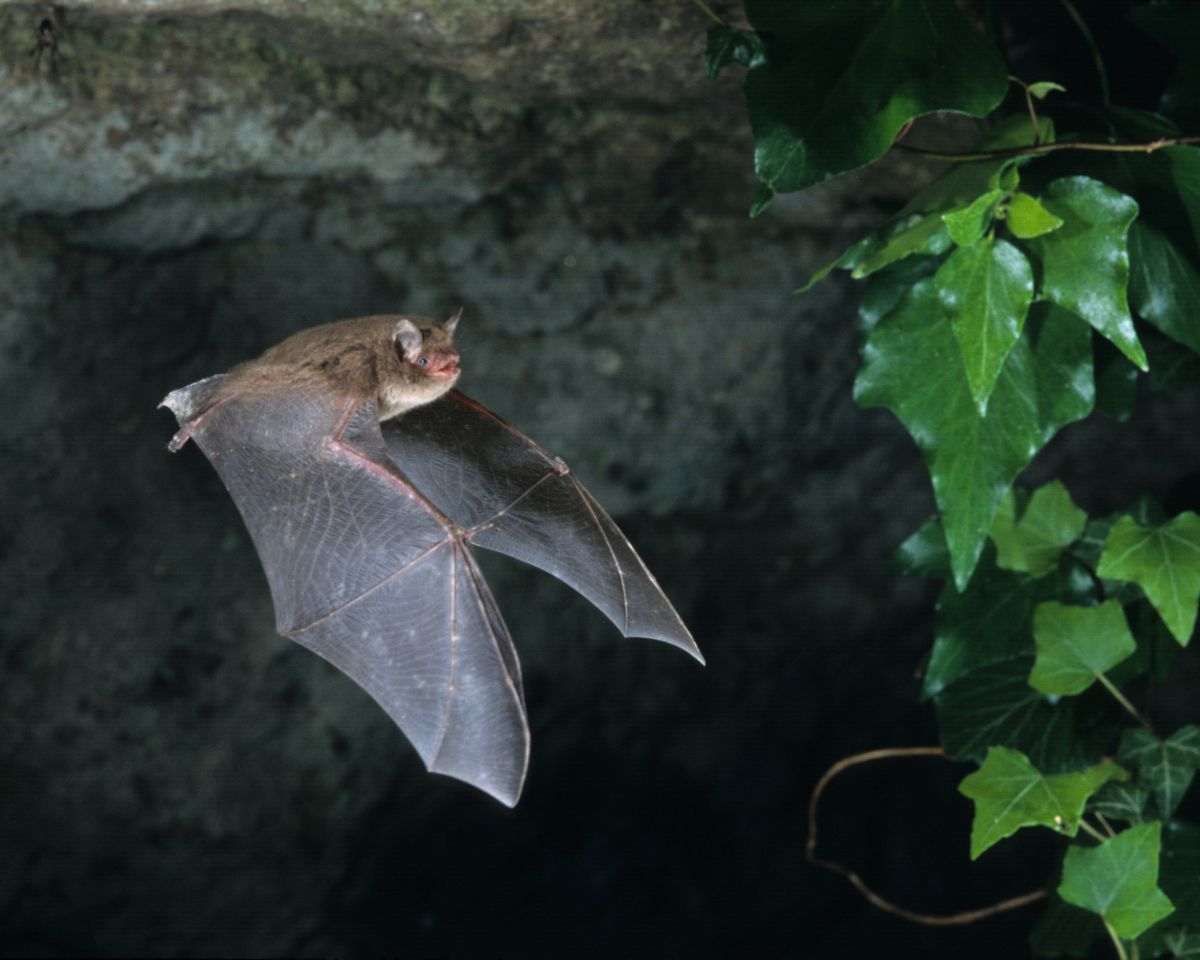Bat Mating Habits

Bats mate through a process called swarming, where males gather in large groups and compete for the attention of females. During this process, males emit high-pitched calls to attract females, and females choose their mates based on these calls. Once a pair has formed, they will mate multiple times throughout the night.
During bat courtship, males use special calls to signal their fitness to females, who respond with their own calls if interested, while the male also performs aerial displays, creating a vocal and visual exchange.
Bats have various reproductive strategies, including polygyny, monogamy, and promiscuity. Male bats may compete for access to females, while females may choose mates based on factors such as genetic compatibility or the quality of the male’s roosting site.
Bats roost in a variety of locations, including caves, trees, and buildings. They tend to prefer dark and secluded areas for protection from predators and the elements. The specific roosting patterns of bats can vary depending on the species and their habitat.
Witnessing bat mating season can be a thrilling experience, as male bats engage in impressive aerial displays to attract a mate. This period of heightened activity typically occurs in late summer and early fall, when male bats gather in large clusters and compete for female attention.
Bat mating calls play a crucial role in their reproductive behavior, helping them choose the right partner and identify their own species. These calls are essential for successful mating and ensuring the survival of bat populations.
Male bats impress potential mates with acrobatic displays and vocalizations. These displays include loops, dives, and zig-zags, and are accompanied by audible vocalizations that attract female bats.
Bats have specific mating partners that they choose based on various factors such as scent, vocalizations, and physical characteristics. These partnerships are important for the survival of the species and can also impact the overall health of bat populations.
Bat mating success depends on various factors such as the availability of suitable roosting sites, the timing of mating season, and the ability of males to attract females through vocalizations and physical displays.
Bats have unique mating behaviors that involve vocalizations, scent marking, and physical displays. Male bats will compete for the attention of females by emitting high-pitched calls and displaying their wings.
Courtship Rituals
In bat courtship rituals, males initiate with special calls, signaling their fitness to females. Females, in turn, respond with their own calls if interested. This vocal exchange is interspersed with the male’s aerial displays.
The outcome depends on the female’s interest: if receptive, she allows the male to approach for mating; otherwise, she departs, leaving the male to persist in his search. This intricate ritual highlights the unique mating behaviors of bats.
Reproductive Strategies

Male bats mate with multiple females during the breeding season, while females, investing more in offspring rearing, are selective and mate with one fit male. Unique among female bats are delayed fertilization; they store sperm for months post-mating, timing offspring birth with favorable conditions. These strategies effectively ensure bat species’ propagation and survival.
Roosting Patterns
In the quietude of a cave, bats dangle upside-down, resting and roosting. These roosting patterns significantly influence their mating habits. Typically, males and females occupy separate roosts, reducing inter-sex competition and promoting mating opportunities.
Males strategically roost near females to enhance mating chances, while females select food-rich areas, ideal for offspring rearing. These behaviors underscore the complexity of bat mating habits, a topic of ongoing scientific investigation.”
Mating Season
Experience the exuberance of bat mating season, a fascinating period of heightened activity and energy, occurring typically in late summer and early fall. During this time, male bats gather in large clusters, competing for female attention, their aerial acrobatics – displays of agility and strength – designed to secure a mate.
Once a male captivates a female, they perform a unique ‘dance-like’ flight together, holding onto each other with their feet. Following this ritual, they seek a secluded roost – often on tree branches – where they stay until the female births their offspring. This season, filled with extraordinary rituals, underscores the intricate beauty and complexity of nature.
Mating Calls
Bat mating calls are a vital aspect of their reproductive behavior, aiding in partner selection and species identification.
Fascinating facts about bat mating call:
Each bat species possesses a unique call for mating, facilitating species-specific communication. Male bats produce calls that can reach up to 120 decibels, making them one of the loudest creatures. Bats can modify the pitch, volume, and duration of their calls to convey different messages. Some bat species engage in ‘duet’ calls, where males and females harmonize to attract mates, creating a melodic night symphony.Bat mating calls exemplify the intricate beauty of nature’s communication, adding to the allure of these captivating creatures.”
This revised text maintains the focus on bat mating calls while eliminating non-essential details, resulting in a more concise and precise exploration of the topic.
Mating Displays

Bat mating displays are remarkable showcases of male prowess and vocal abilities. These displays involve impressive acrobatic maneuvers, including loops, dives, and zig-zags, accompanied by vocalizations audible to females.
Female bats, highly selective in mate choice, closely observe these displays to assess males based on physical fitness, agility, and vocalizations. Males with the most impressive displays have higher mating success, as their demonstrations captivate and attract females.
Bat mating displays exemplify the lengths bats go to secure the best mate, showcasing their remarkable abilities and commitment to reproductive success.
Mating Territories
Bats establish mating territories to attract potential partners through various means. Male bats defend their territories during the mating season, performing courtship displays to entice females.
These displays involve singing, wing flapping, and the release of pheromones. Mating territories are particularly important for bats practicing resource defense polygyny, as males defend specific resources to attract multiple females.
Mating territories increase the chances of successful reproduction by enabling males to find and mate with multiple females while reducing competition from other males.
Bat mating territories play a vital role in attracting partners and ensuring successful reproduction.”
Mating Partners
During the mating season, male and female bats exhibit distinct preferences and strategies in selecting their mates. Keywords play a crucial role in the partner selection process of bats.
Male bats employ vocalizations to attract females to their mating territories, while females assess potential partners based on the quality and pitch of these calls. Additional factors influencing mate choice include:
Male size and strengthThe scent of male urine
Location of the mating territory
Availability of food and shelter in the area
Presence of competitors in the vicinity
Once a female has chosen her mate, the male engages in courtship by flying around her, gently touching her with his wings and vocalizing. If the female is receptive, mating occurs.
Some bat species partake in elaborate courtship rituals, such as acrobatic displays performed by nectar-feeding bats to impress their potential partners. The mating habits of bats are fascinating and complex, continually unveiling new insights into these remarkable creatures.
Mating Success
To maximize their chances of passing on their genes, bats must understand the factors that contribute to mating success.
Males and females employ different strategies in the mating process. For males, success revolves around competing for access to females. They employ various tactics, including vocalizations, physical displays, and even physical combat with other males. Research indicates that successful males in these competitions are more likely to mate and pass on their genes.
Conversely, females focus on selecting the right mate. During the mating period, females meticulously evaluate potential partners based on factors like physical attractiveness, vocalizations, and the quality of a male’s roosting site. Females are also more inclined to mate with genetically diverse males, which promotes the health of their offspring.
By understanding these factors, both males and females can enhance their chances of successful mating and the transmission of their genes to future generations.
Mating Behaviors
As bats search for potential partners, their distinct personalities and preferences become evident through a diverse range of behaviors.
Males showcase their virility and strength by employing vocalizations, territorial displays, and physical aggression towards other males. In contrast, females exhibit selectivity, choosing mates based on factors such as genetic quality, social status, and the ability to provide resources and protection.
During courtship, male bats employ various tactics to attract females, including singing, grooming, and gift-giving. Some species even perform elaborate aerial displays to demonstrate their agility and strength.
Once a female has chosen a mate, the couple engages in behaviors aimed at strengthening their bond. These behaviors include grooming, vocalizations, and physical contact. Such mating behaviors not only increase the likelihood of successful reproduction but also establish and maintain social bonds within bat communities









